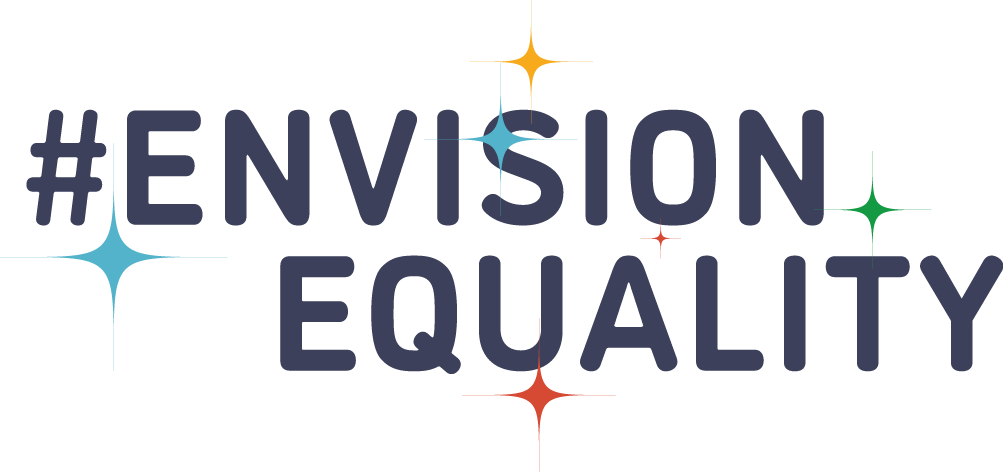
Jennifer Siebel Newsom
First Partner of California; Award-winning filmmaker; Advocate for gender equity
What would a gender equal world look like? How will we know when we’ve achieved it?
We will know we have achieved a gender equal world when we fully value care and the role caregiving plays in keeping our society and economy moving forward.
Working women and moms have long been America’s default safety net. We need only look to the past year and a half to understand how society pushes moms past the breaking point in times of crisis, asking us to give and sacrifice even more than we already do.
What do you think it will take to achieve? (Who needs to be a core part of the movement/solutions? What strategies should we be focusing on?)
We must enact policies that fully support all moms, as well as eradicate gendered cultural norms that result in the unequal distribution of labor in the home.
First, we must work to ensure workplaces and economies center and lift up families. That includes establishing robust child care, universal preschool and national paid leave programs. Women and communities of color, who make up a majority of the care force, are already leading the movement toward these solutions.
But we can’t stop there. We must also continue our work to close the pay gap—especially for moms and women of color—to put money back in women’s pockets, ensure women’s equitable representation in the C-suite and the board room, and end sex-based discrimination in all forms.
Above all, we must stop treating care, housework and other family responsibilities as dads’ adorable hobbies, but rather as a right that we all have to raise happy, healthy families—should we choose to—and to have a life outside of our jobs that allows us to care for ourselves.
Given the current status of the world, what gives you hope and inspiration that we can achieve equality?
While the pandemic has been especially challenging for moms, it also offers a window of opportunity. I’m hopeful that the momentum we’re seeing now will only continue to grow and accelerate the pace at which change takes hold.
Already, we see signs that care is being recognized for what it is: infrastructure. Historically, infrastructure investments have benefited men and focused squarely on things like roads and bridges. Today, the Biden administration is championing care investments as infrastructure investments and prioritizing robust child care assistance, universal preschool and national paid leave programs—all crucial to the operation of society and the economy.
What do you see as the three biggest barriers to achieving equality?
Our workplaces and economies are fundamentally not built to welcome and be inclusive of moms and families. And in the home, women continue to shoulder the brunt of care and house work. A recent study found that women around the world spent an average of 173 additional hours doing unpaid labor caring for kids last year.
Add to this the lack of representation in positions of leadership, the wage gap and the wealth gap, and it’s no surprise millions of women had to choose between their career and their family—or ended up working themselves to the bone trying to maintain both.

